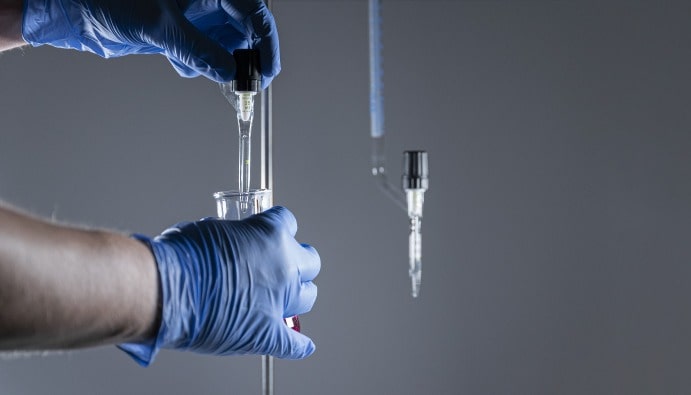Sampling for Water Analysis: With the Right Methods
What are the Sampling Methods for Water Analysis?

Sampling for Water Analysis
The water we use for drinking and using must be controlled and approved according to certain standards. Water must undergo various tests, analyzes and controls to determine its cleanliness and suitability for use or drinking. It is as important to take the sample correctly as the test and analysis methods performed on water samples. Sampling and analysis procedures should be carried out at regular intervals in order to ensure that errors are minimized within the scope of the Circular on Inspection and Sampling Procedures of Drinking and Utility Water.
Drinking and Potable Water
Stages of Water Sampling for Analysis from Fountains
- The mouth of the closed fountain is wiped with a clean cloth.
- Then the fountain is opened and allowed to flow strongly for 3-5 minutes.
- The fountain is closed again and a cotton ball with alcohol is burned and kept in the mouth of the fountain for 10-15 seconds.
- The fountain is opened so that it flows strongly.
- The fountain is adjusted to flow slightly.
- The sample bottle is held at a slight angle to the flowing water and a water sample is taken.
- The sample bottle is not filled completely, leaving a gap of 1-2 fingers from the top.
- The sterile lid or plastic stopper of the bottle is closed.
Stages of Water Sampling for Analysis from Wells and Similar Places
- Hands are disinfected with a disinfectant such as alcohol.
- Sterilized string is used around the bottle.
- The string is added long enough for the bottle and the string to reach the water.
- After the bottle is uncorked, it is passed through a flame. The sterile sections are suspended in the well so that they do not touch the surface of the well and the hands of the sampler.
- The bottle is suspended so that it is approximately 75 cm below the water surface.
- After the water sample is taken, the bottle is lifted up again without touching the surfaces.
Information to be included on the sample bottle after sampling
- Name of the water sample
- Where the water is taken from
- Date and time
- If present in water Dose of disinfectant used (amount of residual chlorine)
- Type of water sampled (well, spring, mains etc.)
- Requested examination (Chemical-Bacteriological)
- Organization receiving the sample
- Number of the letter to be sent to the laboratory with the sample
Nanolab Laboratories Group continues to provide services within the scope of Sampling for Water Analysis . We also provide services on Water for Human Consumption.
Contact us for more information.
You can follow us on LinkedIn for up-to-date news and posts about our services.
Follow our Instagram account to be informed about our latest blog posts.

